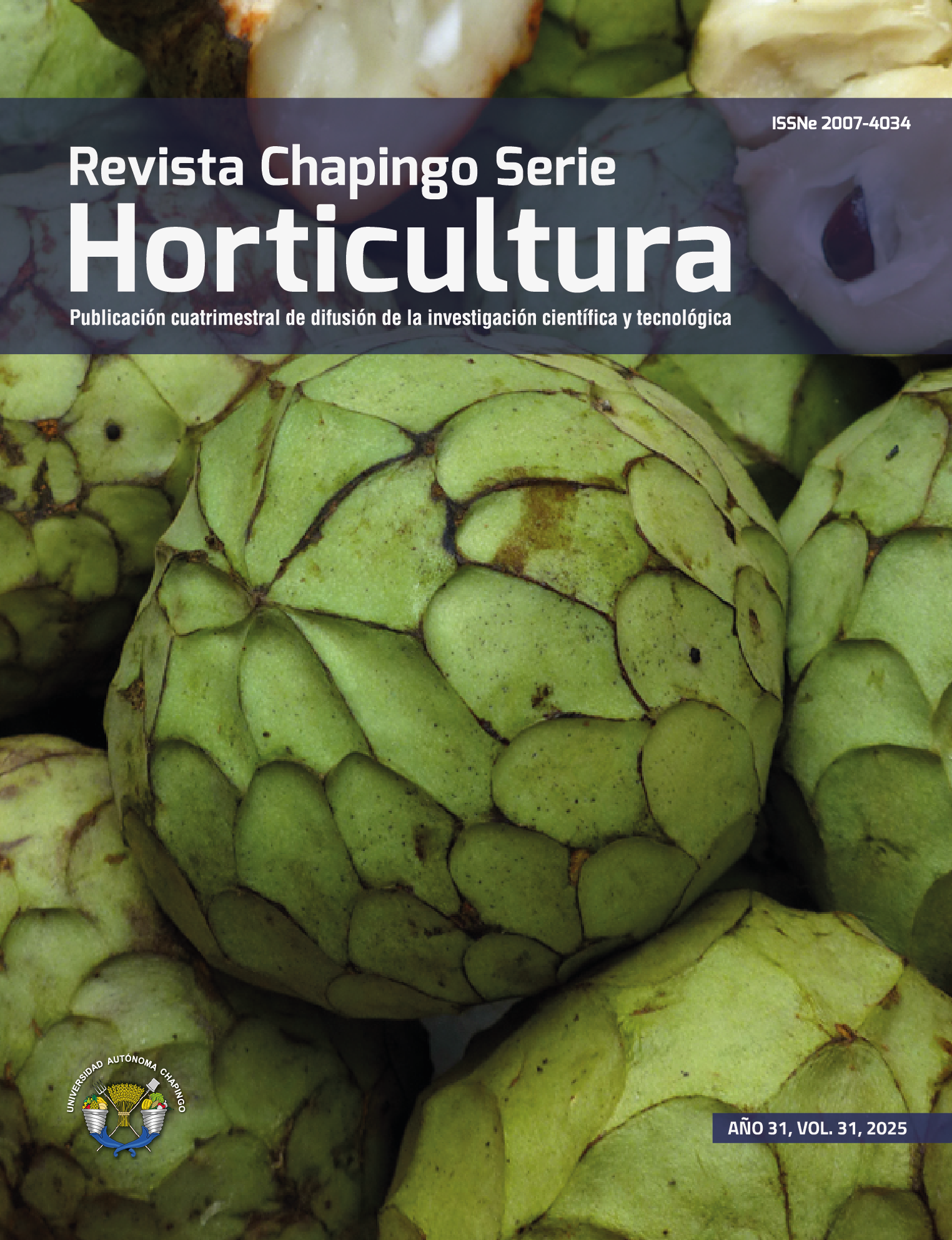COORDINACIÓN DE REVISTAS INSTITUCIONALES | UACh
e-ISSN: 2007-4034
ISSN print: 1027-152X
Revista Chapingo Serie Horticultura
Publishes scientific and technological research results in the horticultural field and related areas. Its objective is to create an international platform for the dissemination and discussion of scientific and technological knowledge in horticulture.
Home / Articles / Vol. 31 - 2025
Author resources
Author guidelinesInitial review criteria
Submission letter
Copyright transfer agreement
Front page
Manuscript template
Editorial
Editorial policyEditorial bodies
Indexing
Legal information
Contact
Tutorials
APA 7 GuideManuscript Submission
Review process
Password recovery
Author registration
© Derechos reservados Universidad Autónoma Chapingo 2024 | Protección de Datos Personales


